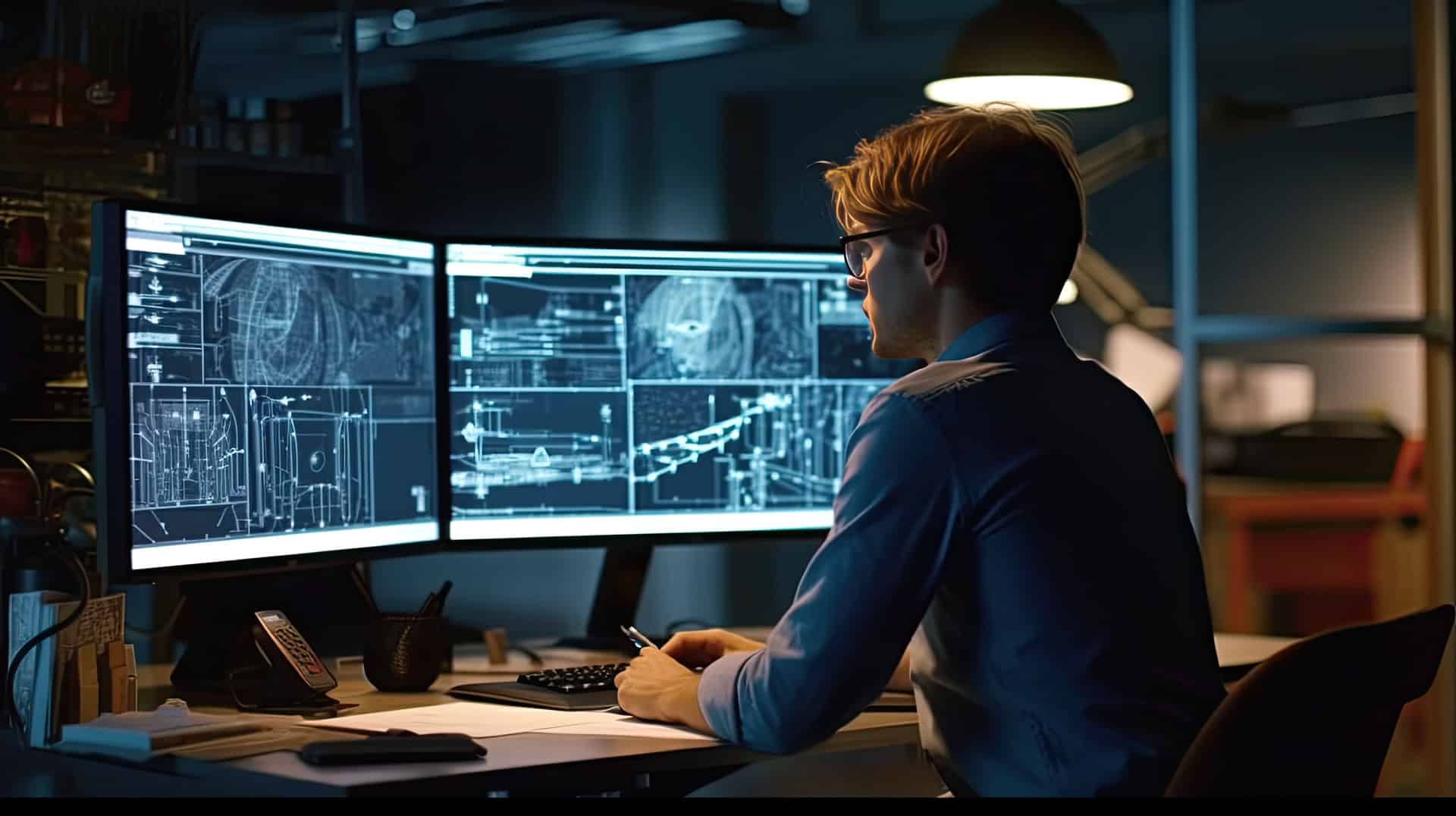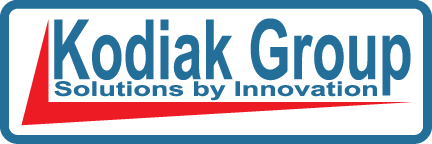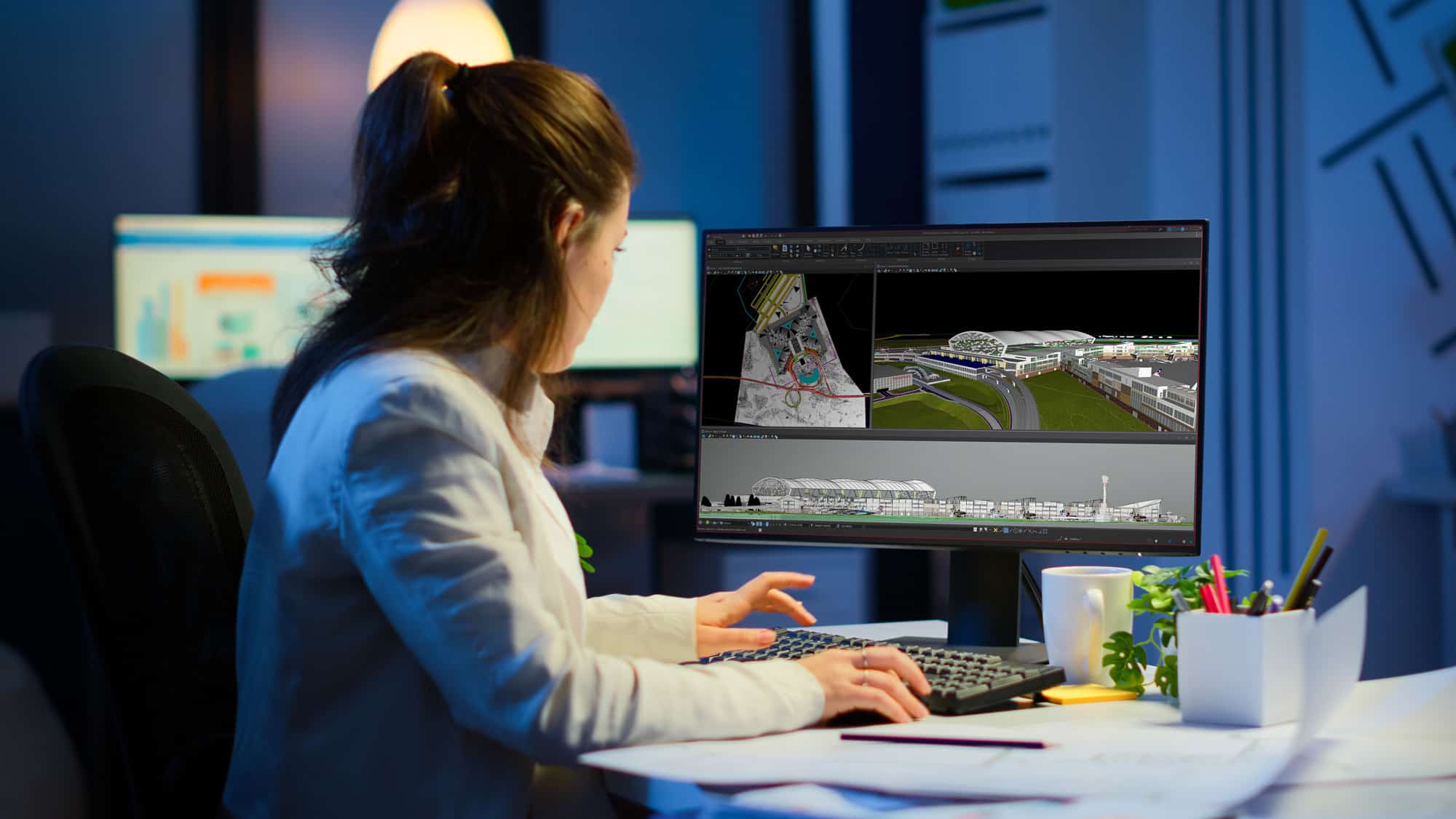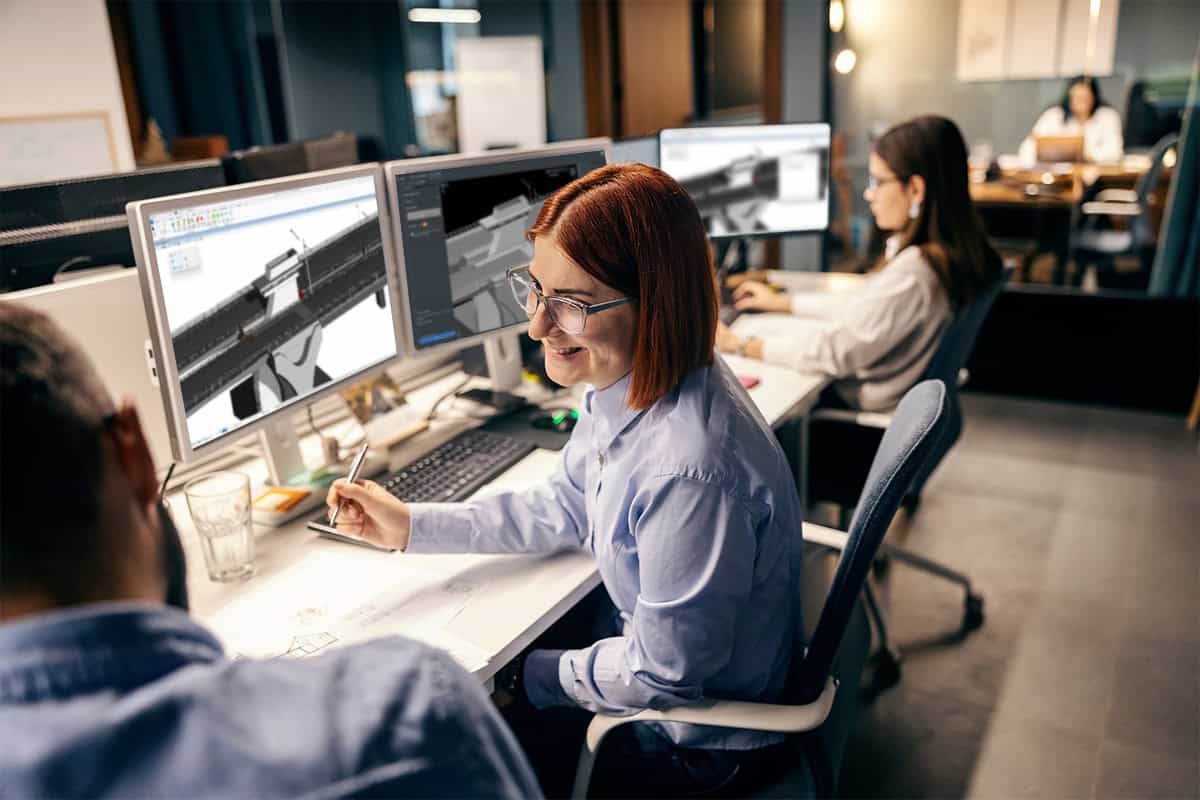Kodiak Group
Michigan, USA
Kodiak Group is known for innovative solutions in industrial process engineering & equipment supply. But what powers that innovation and their ability to provide excellence to their clients was a decision they made at their start, in the early 2000’s. At a time when everyone in the industry designed in 2D, Kodiak started designing in 3D, using Bentley’s MicroStation, over other primary 2D CAD platforms. Bentley’s solution met the challenges of visualization and revolutionized how they provide best in class service to their clients.
A Unique Need requires a Flexible Solution
Kodiak provides design and support throughout all stages of a project and solves complex problems within heavy industry. Projects can be small, with a single 3D model, completed in a day, to huge projects that require hundreds of models, easily accumulating two gigabytes of reference information, which take years to complete. Also unique is that their work typically doesn’t allow them a blank canvas for design. Kodiak often needs to work within the envelope of an existing building, collaborating with other specialty equipment suppliers, facility/building suppliers, and installation contractors and then identifying and procuring everything else, designing for the holistic facility plan and their processes.
Bentley’s MicroStation provided Kodiak the foundation and features for a customized experience. With one tab for all of the 3D and 2D modeling tools, and three tabs for cells, Kodiak has the MicroStation environment perfect for their needs. With almost 1800 .CEL files, many with hundreds of cells, team members have easy access to all the information they need, which Kodiak says is what helps them provide what their customers need, efficiently.
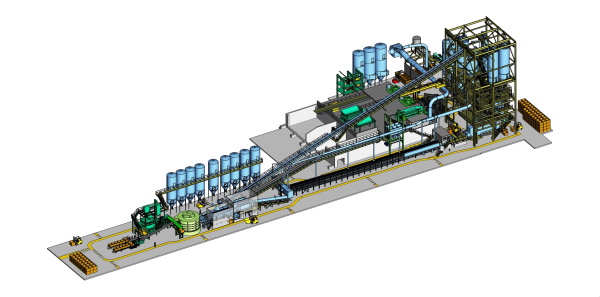
MicroStation’s Feature Rich Environment
Grant Wood, CAD Administrator and Project Engineer for Kodiak Group explains how MicroStation has integrated into and enabled their successful processes and projects:
Concept Modeling
Our concept models start out relatively basic, often as a sales tool. We lay down fundamentals of what the system is going to look like how it will operate and the infrastructure around it like buildings egress. We don’t provide buildings in most cases; we integrate our equipment and others into an already existing building or a new building depending on the job. In the process we make sure specialty equipment from others will fit and function as needed along with our own.
Detail Modeling
Our concept models get sub divided into individual 3D model units that become incredibly detailed and complex. We’ll create an exact model that represents what’s going to be fabricated. This limits the amount of fit up mistakes, eliminating potential problems, and helps guarantee that the customers get what they expect in the end. Customers, installation contractors, and other venders can also use this information to circumvent problems and issues before they arise.
We have item type information for component purchase; bearings, motors, all this can be added to the 3D model now, not just be listed in a printed catalog stuck in a file. We’re able to use parametric cells for things like structural elements, where we’ve added item type information for the data frequently looked up and reviewed. This saves engineers time referencing structural steel manuals. It’s all right there in MicroStation, which is a huge time saver. The new parametric tools are further helping to adapt the way that we model, enabling faster moves, and allowing us to transition and change designs on the fly with a little bit less grief. That said there is a learning curve, and it takes some re-education on how to design and model but it’s worth it in the long run. I think AccuDraw is undersold if I’m honest. I think it’s the best tool, 3D modeling wise, I’ve used four or five different 3D modeling packages now, and they don’t compare to AccuDraw.
Detail Drawings
Ultimately, all our work circles back to 2D layouts and detail drawings. We detail every hole for every bolt, the bends, cuts, and other details for fabrication. This helps provide shops with the right information to fabricate our products and meet the customers’ expectations.
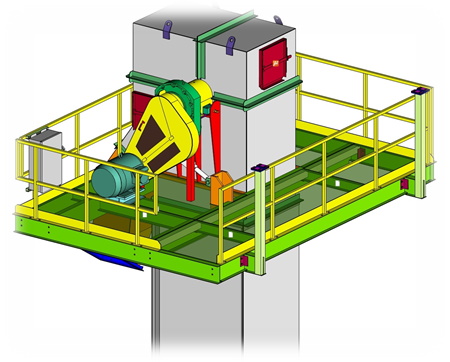
The Right Partnership at the Right Time
Kodiak’s objective is to build and supply equipment that their customers need. And to do so on time, on budget, and with the high quality they expect. MicroStation is a big part of Kodiak’s ability to meet those objectives. Being able to make the exact 3D representation of what is needed – and to do it very quickly is a game-changer. The problems Kodiak solves, are not often understood within the industry. Beyond just clash detection – egress and maintenance access are something they have to consider. If you can’t get to a motor that needs replacing, that’s a big deal. Bentley provides the tools that allow Kodiak to do what they do – what their clients need.

Software
MicroStation is the computer-aided design (CAD) software that users worldwide trust for creating precise 2D and 3D drawings for infrastructure projects. Engineers, architects, and construction professionals openly collaborate to deliver inspiring projects, utilizing the industry leading DGN file format. MicroStation can help you deliver your designs on time and on budget, even as project complexities and scale increase.
Facts
- MicroStation allows for efficient handling of vast amounts of data.
- Kodiak designs entirely in 3D, from which they create visualizations to convey ideas quickly and effectively.
- Modeling in a personalized MicroStation environment saves time and money.

Grant Wood
CAD Administrator, Project Engineer
Kodiak Group
